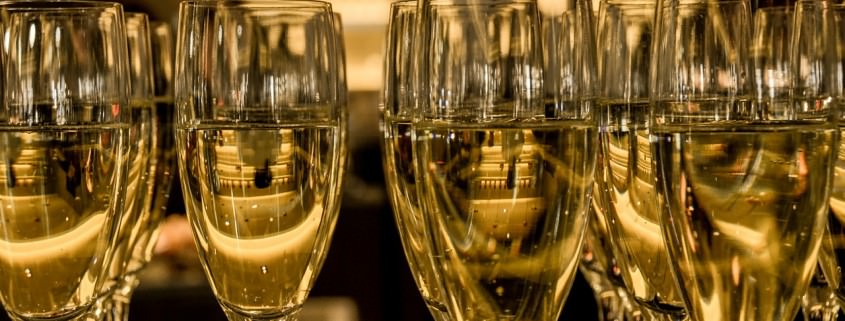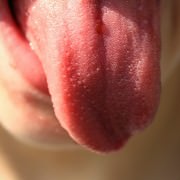Decanting Champagne
The thought of decanting Champagne makes some people cringe – after all, its the intense bubbles from a freshly popped bottle that gives the wine its zing right? Experts have found that this isn’t always the case, as the decanting process can actually help improve the sparkling wine and the overall dining experience. Say farewell to the flute and embrace the aeration, because this trend is here to stay.
There are two reasons to decant a wine: to separate the sediment (usually found in old wines) and to allow the wine to mix with air, bringing the full flavors and aromas to life at an accelerated pace. Its an easy practice in theory- pouring a wine into a decanter (or other container), letting it sit for around twenty minutes or longer, and then serving it to your guests- but when dealing with Champagne, extra care has to be taken.
The biggest concern has to do with the loss of bubbles. Exposing the wine to oxygen greatly reduces the sparkling aspect of the beverage, making it less enjoyable to some. Champagne is typically consumed as an aperitif, drank quickly in a short period of time. That’s what makes the bubbles so desirable. But when Champagne is offered as a drink to complement a meal, decanting can prove valuable. The less-aggressive fizz of the wine more easily matches a food dish. No longer will you have to worry about rapidly guzzling down a glass or having a Champagne that overpowers a meal.
The debate over decanting all depends on what you are looking for in a wine. Some sommeliers (located across the world, even in the Champagne region itself) prefer the decanting process, while others suggest a less harsh option of letting a glass of Champagne air as the meal goes on. Setting a glass aside as you eat or slowly making your way through a bottle can let you experience how the wine evolves over time.
Restaurants and bars have also began to experiment serving Champagne in various glass types, contrary to the typical flute. White and red wine glasses, as well as glasses that coordinate with specific wines, such as Riesling and Bordeaux, are used to give guests the ultimate aromatic and tasting experience. The flute’s small opening prevents consumers from receiving the full fragrance of the wine. Using nontraditional glasses can let Champagne breathe while serving as a unique experience.
- Sommelier Surge in Restaurants - August 7, 2015
- 3 Up-and-Coming Restaurant Industry Trends - August 6, 2015
- Millennial’s Impact on the Wine Industry - August 4, 2015




